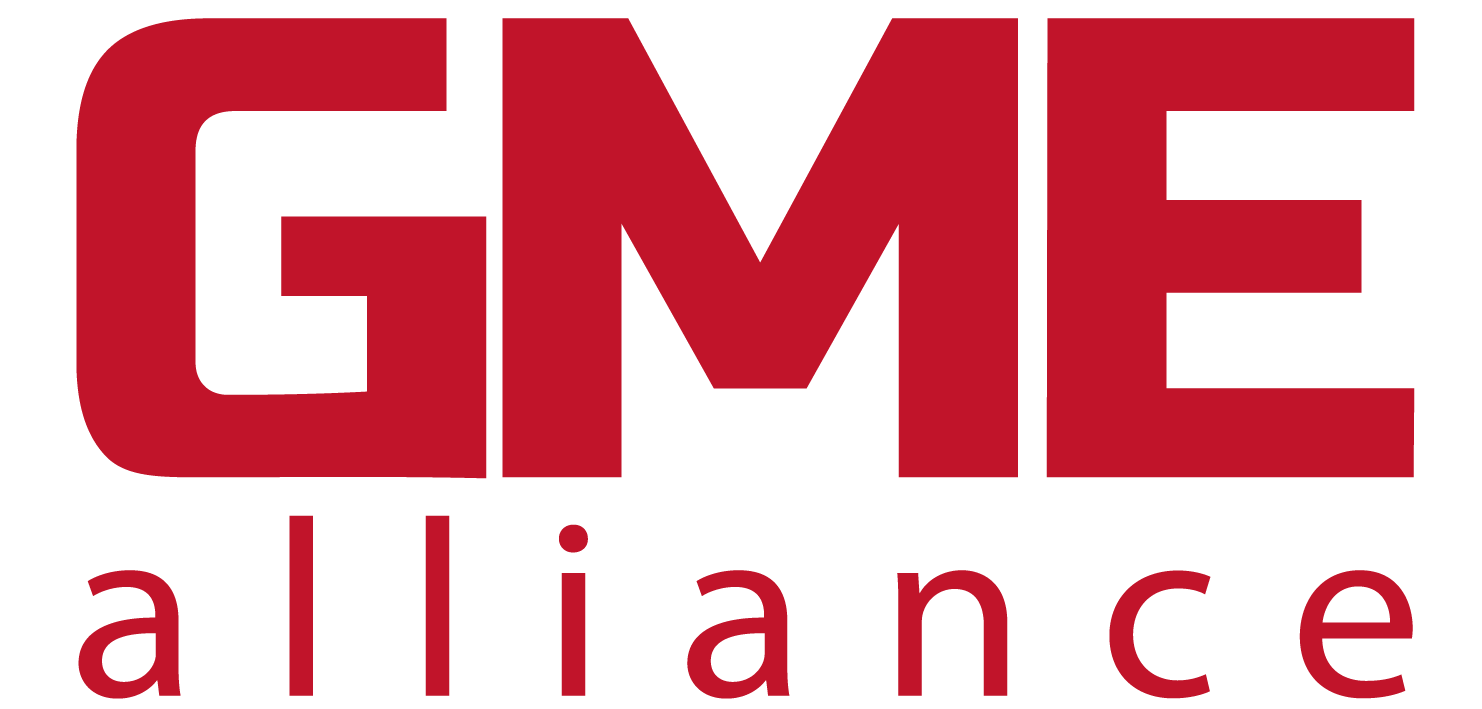The New Nuclear Race:
How Global Markets Are Betting on SMRs for Energy Independence and Climate Goals
A Global Shift Toward Clean, Reliable Energy
Around the world, governments are racing to secure clean, reliable energy solutions in the face of rising demand, climate targets, and geopolitical risks. Small Modular Reactors (SMRs) have become a centerpiece of this global strategy. Their smaller size, faster deployment, and enhanced safety profile make SMRs an attractive option for countries seeking to diversify their energy mix while achieving net-zero goals.
Canada is leading with plans to deploy several SMRs at Ontario’s Darlington site by 2029, positioning itself as one of the first countries to bring grid-connected SMRs online. The United Kingdom has set ambitious goals for building up to 20 SMRs to strengthen its domestic manufacturing base and reduce energy import dependence. Across Eastern Europe, Poland and Romania are actively partnering with U.S. and UK reactor developers to replace coal generation with SMR technology, marking a significant shift in their long-term energy strategies.
Japan, still working to recover its energy security after Fukushima, is investing in next-generation reactors to support its clean energy targets. Globally, more than 80 advanced nuclear designs are in various stages of development and deployment. This global nuclear renaissance is not driven by arms races but by the pressing need for reliable, decarbonized power. As SMRs gain momentum across international markets, they represent not only a technological breakthrough but also a strategic lever for energy independence, economic growth, and climate action.
